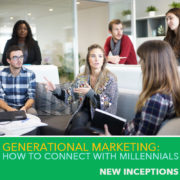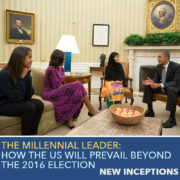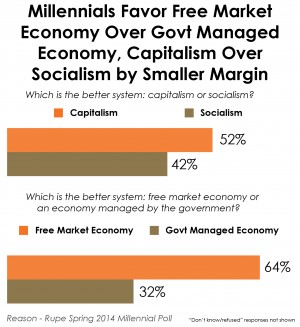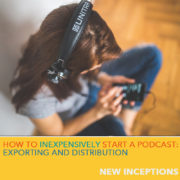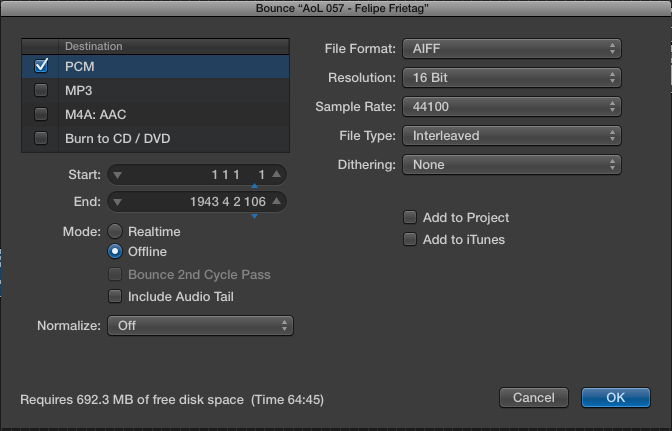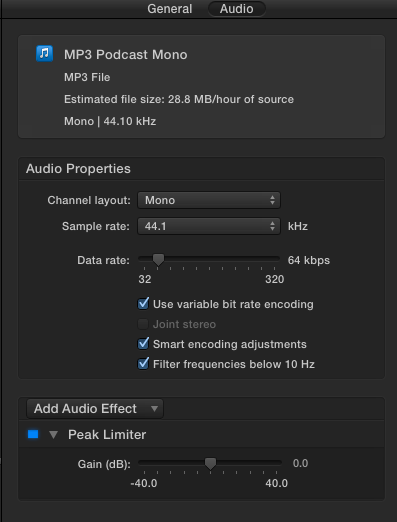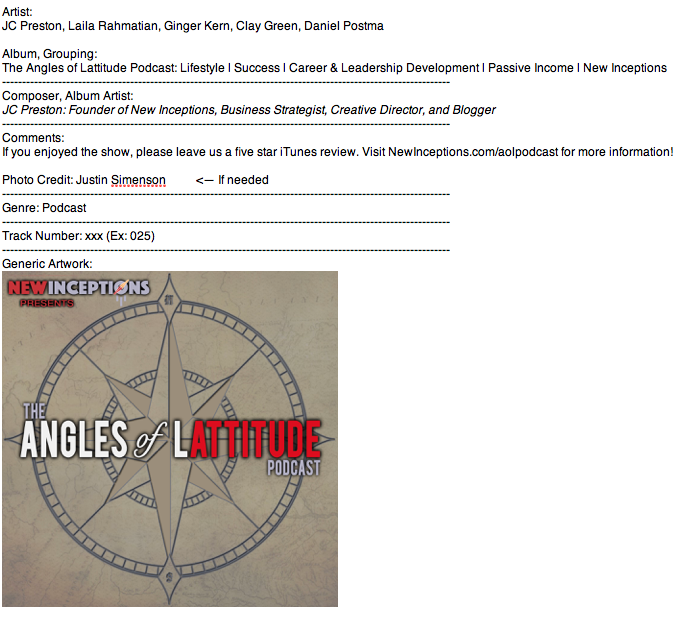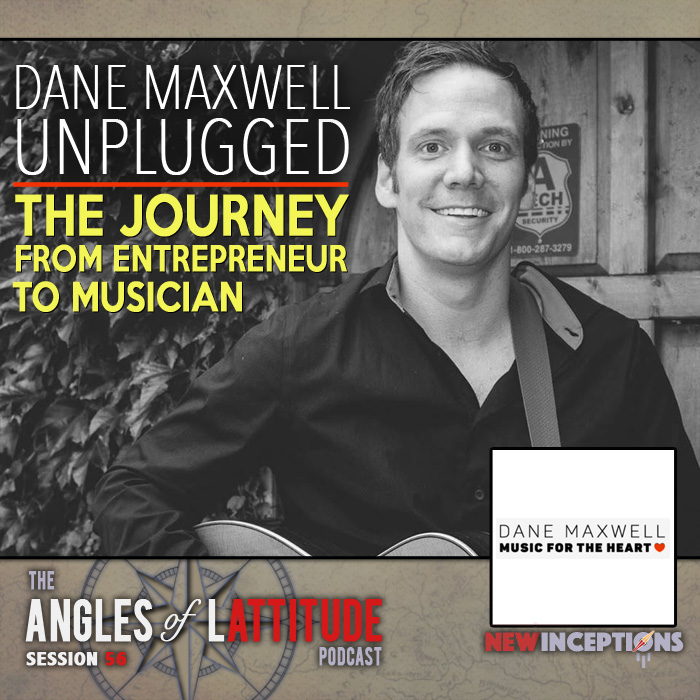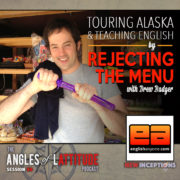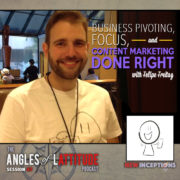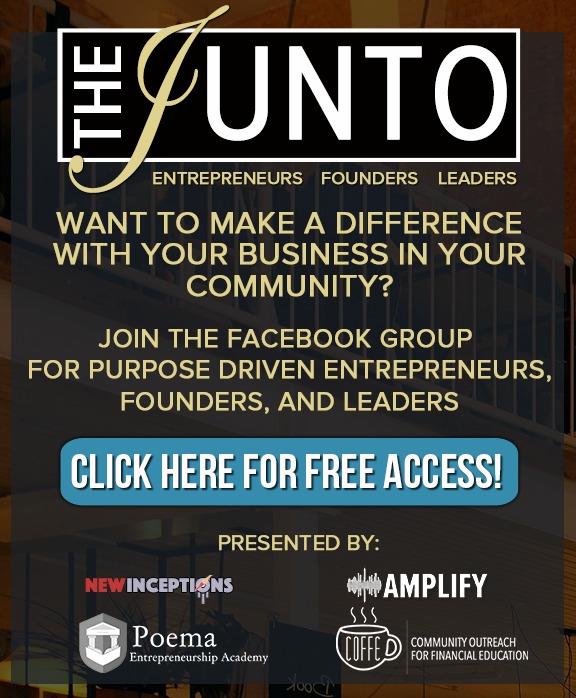Generational Marketing: How to Connect with Millennials
Last week we discussed how Millennials should and can become the next Greatest Generation.
Our generation is full of leaders. It’s just a matter of realizing whether you are one or… a victim.
Whether you’re part of the Hero Generation or the Lost Generation.
If you’re part of the Hero Generation and see yourself as a leader, then you’re going to have to build a following. You can’t be a leader if no one is following you!
So how do you build that following?
In today’s post we’re going to talk about that a bit. And hopefully, once you’re done with this post, you’ll have a little more idea of how to communicate more with other future leaders.
The Past Can Teach Us So Much
Last week I talked a bit about how the Greatest Generation is all about principles vs ego. They sacrificed themselves for the greater good.
Whether it was for their families or for their country, in their heart, they knew their sacrifice was worth it.
This past weekend I was watching CBS Sunday Morning and there was a very pertinent story to all of this.
It was a story of a community coming together to put together an old B-29… to preserve history and give a tribute to those in their community who had done so much for the country.
If that isn’t a feel good story, I don’t know what is.
Find More Context by Seeking More Answers
If you had seen this video on Facebook or YouTube, there’s a number of things you could have done after viewing it. Many folks will watch this and think “Awww!” or “Cool.” and go on with life – continuing on with whatever they were doing or maybe watching another YouTube video.
If you’re like me, that video might actually stick with you a bit more. You might have wanted to get more context about it.
You might have wanted to find out more about the project and how it came together. Maybe find out more about how they pulled the B-29 out of desert, or maybe learn more about Witchita being a capital for producing the aircraft.
These are all big questions.
They’re all forms of “How was this done? If I was wanting to do something like this, how would WE do this?”.
Because really, from the it’s very beginning, the story of Doc, the B-29, was a product of a community.
Leaders are always asking questions that come in the form of “How can I get a group of people to do a certain activity? How can I call them into performing a certain action?
Connection is a Big Deal For Millennials
Comradery and a sense of being connected and contributing to the planet and having vulnerable intimate contexts to be celebrated and creative in is empowering for young leaders and people in general.
Can I also like be alone at times? Is that okay or do I not fit in? If you’re a millennial you couldn’t possibly enjoy solitude. What about the moments that I’m sitting on a mountain or swimming down the river alone. Appreciating life.
I have no interest in community. I’m not gonna be like “Oh thank goodness.” I have no interest in being part of a community without context, and also just because I want to be part of a community doesn’t mean I want it to define me. But then again maybe I’m just special.
When I was in college, I was part of several student run organizations. I got to see up close how much community and volunteerism meant to our generation.
If you’re identifying yourself as a leader, then you’re going to have to learn how to influence others.
In my last post I mentioned that you could study up on creating influence by reading books by John Maxwell. If you took that advice and clicked the link on the last post, you probably realized that there were TONS of books to read.
I’m sure some of them might have seemed interesting, but where do you get started? Which one is for the novice? Which one is a good intermediate option… and so on?
I have several recommendations – and I could tell you which one would make more sense for your particular situation. But I don’t know you – yet. (Feel free to say hi on Twitter!)
But there’s definitely an underlying thing you MUST know when reaching out to Millennials.
As adults, believe it or not, we are not egocentric. We’re all about helping each other while helping ourselves. That’s why the Sharing Economy has blossomed as much as it has.
But why is that?
Just like the Greatest Generation, it’s part of who we are.
The Pendulum Theory – We’re Now a We Society
Our millennial generation – which the Hero Generation is a part of – is part of a larger 40 year cycle.
One can think of his cycle through the movements of a Pendulum – going back and forth between two extremes. The We and the Me.
We are currently heading towards the We extreme. We know this because for the longest time, people took refuge in having things simply to have them.
The Boomer generation is/was all about collections. Having certain things meant having certain status. It was all about Me.
You can’t blame them, though. Many of them and their parents came from a time of forced scarcity. While minimalism is something that many millennials subscribe to, it is a form of scarcity – and there lies yet another example of this cycle.
Anyhow, here’s some resources to further educate yourself on the movement of the Pendulum:
Michael Drew, Pendulum co-author, on TEDx:
Pendulum co-author Roy Williams on Glenn Beck (pt 1):
Pendulum co-author Roy Williams on Glenn Beck (pt 2):
Other Examples of the Ever Moving Pendulum
In Roy’s conversation with Glenn linked above, one of the things that he gets a chance to show towards the end of the conversation is how he’d change one of his most famous commercials from the late 80’s.
It’s really fascinating to see how you can do that.
Here’s a few more of his examples in how things have changed in popularity over the years:
This brings us to…
How Donald Trump Got Elected As President
One thing that has definitely been on many people’s minds since last week is the results of the election. Many people thought Hillary was going to win. But now they’re having to come to terms with Donald Trump becoming our next president.
Currently there’s tons of protests against the results – and it’s easy to understand. Trump is a prime example of the Me side of the pendulum swing.
Millennials who are completely “We” are going to fight that tooth and nail. Especially if they took what he said during the campaign litterally.
However, those same millennials are forgetting how he actually campaigned. He campaigned as part of being in the We. His slogan was “Make America Great Again”, and that completely spoke to those who feel like they’ve been forgotten for the last 8 years. He got elected not because what he was supposed to represent, but because of what could be representing. His supporters took the words he said seriously, not literally.
In fact, it seems to me that many “rust belt” counties that voted for Obama in 2012 voted for Trump in 2016.
And if those numbers aren’t enough for you, here’s what Trump means to many of his supporters from around the country:
Action Steps:
So, what to take from all of this?
Understand that whatever marketing tactics you learned about in 2006 don’t apply anymore.
If you really want to connect with millennials, think and talk to them as if you’re coming from a place where everyone needs to fight the good fight. They want camaraderie. They want to feel other people are with them. So it doesn’t make sense to focus on making one person stand above everyone else.
Make people feel like they’re part of something larger than what they already. If you can do that as if you’re starting a “movement”, you’ll have more success with that than not.
BONUS: If you want to check out the entire hour and a half footage of Doc, the B29 getting off the ground for the first time, here’s that footage.

